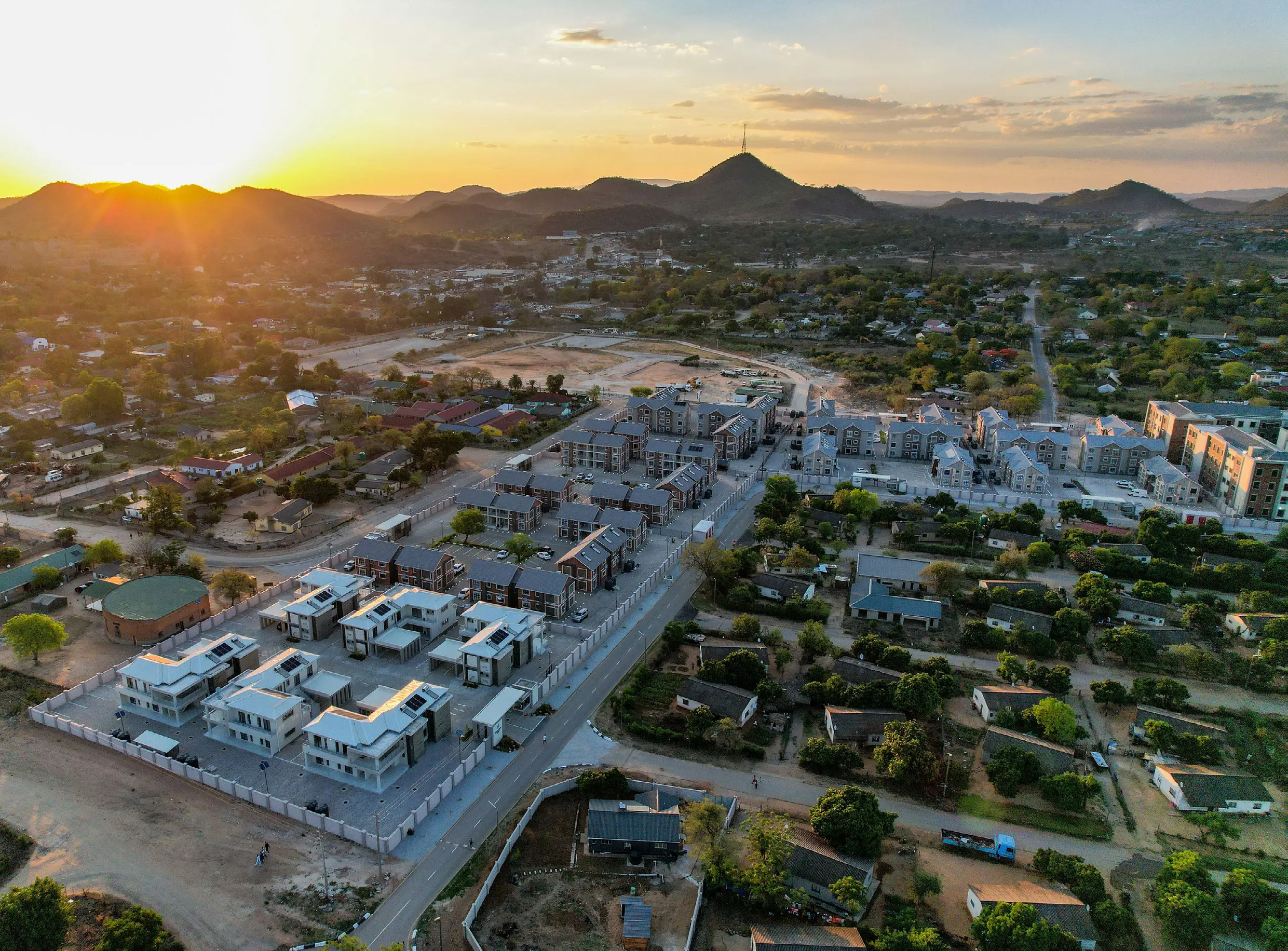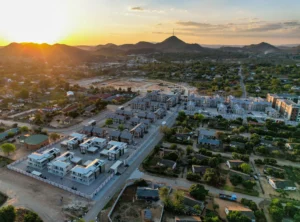Bridge building in Zimbabwe is facing a critical juncture, as the realities of climate change and the imperative for sustainability reshape traditional construction practices. The increasing frequency and intensity of extreme weather events, such as floods and droughts, pose significant challenges to the longevity and safety of bridge infrastructure. These environmental shifts necessitate a paradigm shift in how bridges are designed, constructed, and maintained.
One of the primary concerns is the increased risk of flooding. Zimbabwe’s river systems are experiencing more erratic flow patterns, leading to heightened erosion and scouring around bridge foundations. This demands the implementation of more robust foundation designs and the use of materials that can withstand prolonged exposure to water and debris. Furthermore, the selection of construction materials is becoming increasingly scrutinized. There is a growing emphasis on utilizing sustainable and locally sourced materials to reduce the carbon footprint of bridge projects. This includes exploring the potential of recycled materials and innovative concrete mixes that minimize environmental impact.
In addition to material selection, bridge designs must incorporate climate resilience. This involves considering future climate projections and designing bridges that can withstand anticipated changes in temperature, precipitation, and wind patterns. This may necessitate the adoption of new engineering techniques and technologies, such as advanced modeling and simulation tools, to assess the vulnerability of bridge structures to climate change.
The need for sustainable bridge building extends beyond the construction phase. Ongoing maintenance and monitoring are crucial to ensure the long-term performance and safety of bridges in a changing climate. This includes regular inspections to detect early signs of damage and the implementation of proactive maintenance measures to prevent costly repairs and replacements.
Ultimately, bridge building in Zimbabwe must embrace a holistic approach that integrates climate resilience and sustainability into every stage of the project lifecycle. This requires collaboration between government agencies, engineering firms, and local communities to develop and implement innovative solutions that address the unique challenges of the region. By prioritizing sustainability and climate resilience, Zimbabwe can ensure that its bridge infrastructure remains safe, reliable, and environmentally responsible for generations to come.










